‘Home Sweet Home’ at Milan Triennale explores the many meanings of the modern home
‘Home Sweet Home’ kicks off the Triennale’s 100th anniversary celebrations with a critical, design-led approach to the theme of the house and domestic space
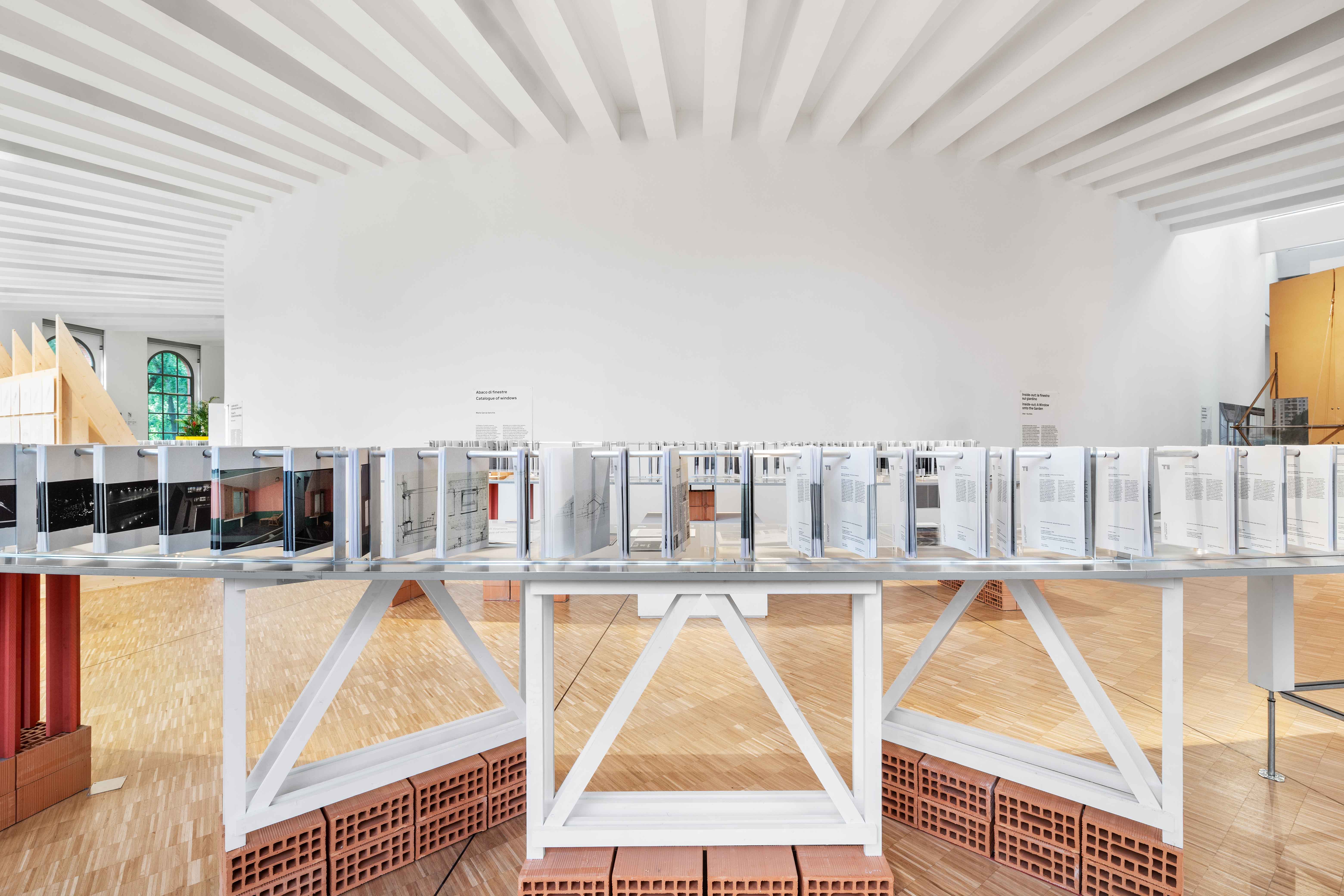
‘Home Sweet Home’ is a new exhibition at Triennale Milano (until 10 September 2023) that marks the institution's centenary celebrations. How has the process of designing our house changed? Which developments have occurred over the last century? Nina Bassoli, curator for Architecture, Urban Regeneration, Cities at Triennale, tries to answer these questions, in collaboration with exhibition designers Captcha Architecture.
‘Home Sweet Home’ at Triennale Milano
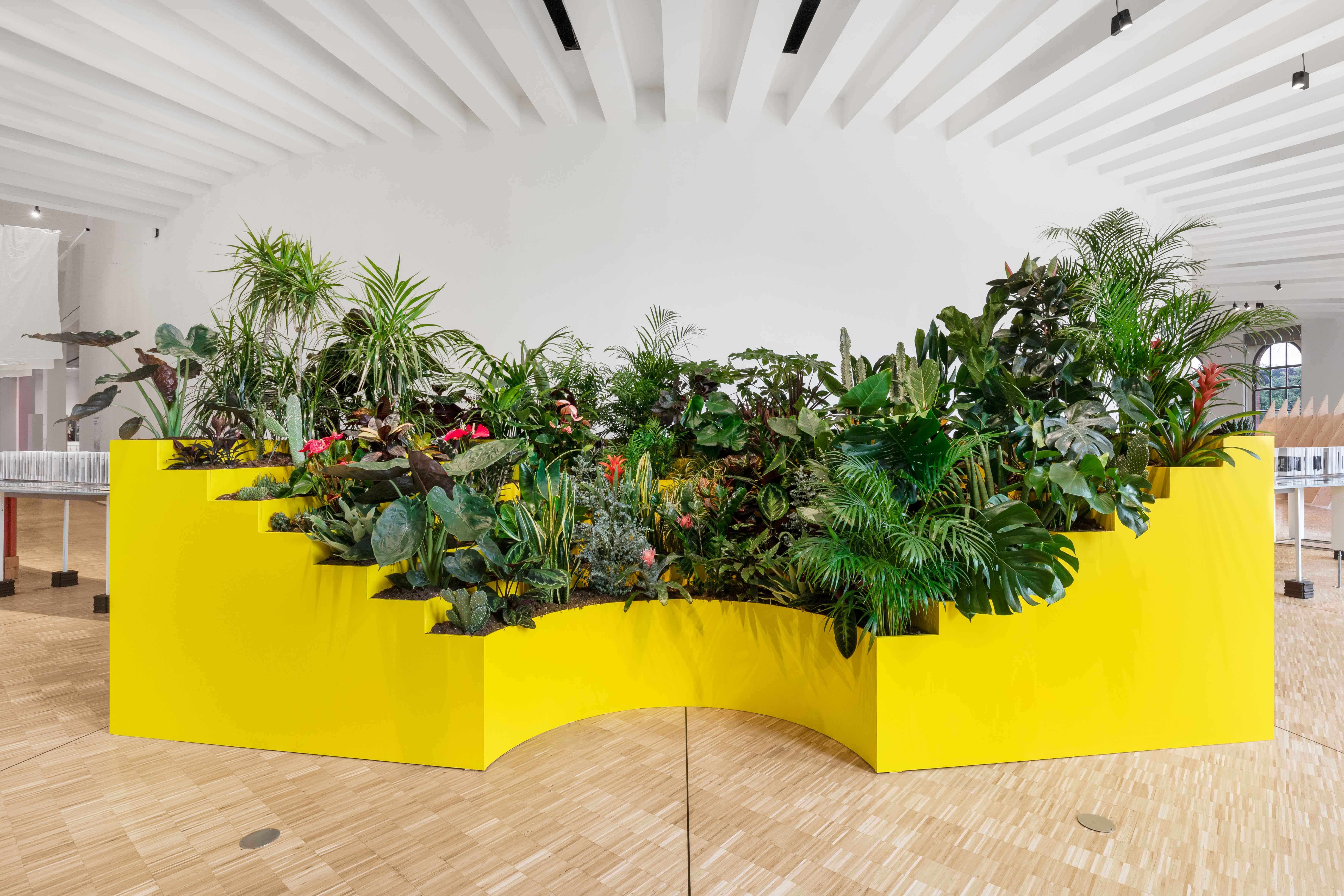
Bassoli's exhibition explores the transformations in contemporary living proceeding on two parallel tracks: using the Triennale archives, but also adopting new points of view, narrative and languages, to redefine the contradictions between home and work, masculine and feminine, environmentalism and activism, public and private space.
Triangular beds for families or polyamorous couples, multifunctional housing projects with massive social impacts, tables that reflect on sharing daily work and lunch – at home, the lines between reality and fiction, intimacy and exposure are becoming increasingly blurred. 'I think that the most unexpected result of my research definitely consisted in the discovery of how many points of view can come out from an exhibition that focuses predominantly on a theme like the home, that has seen many interpretations over the years,' says Bassoli.
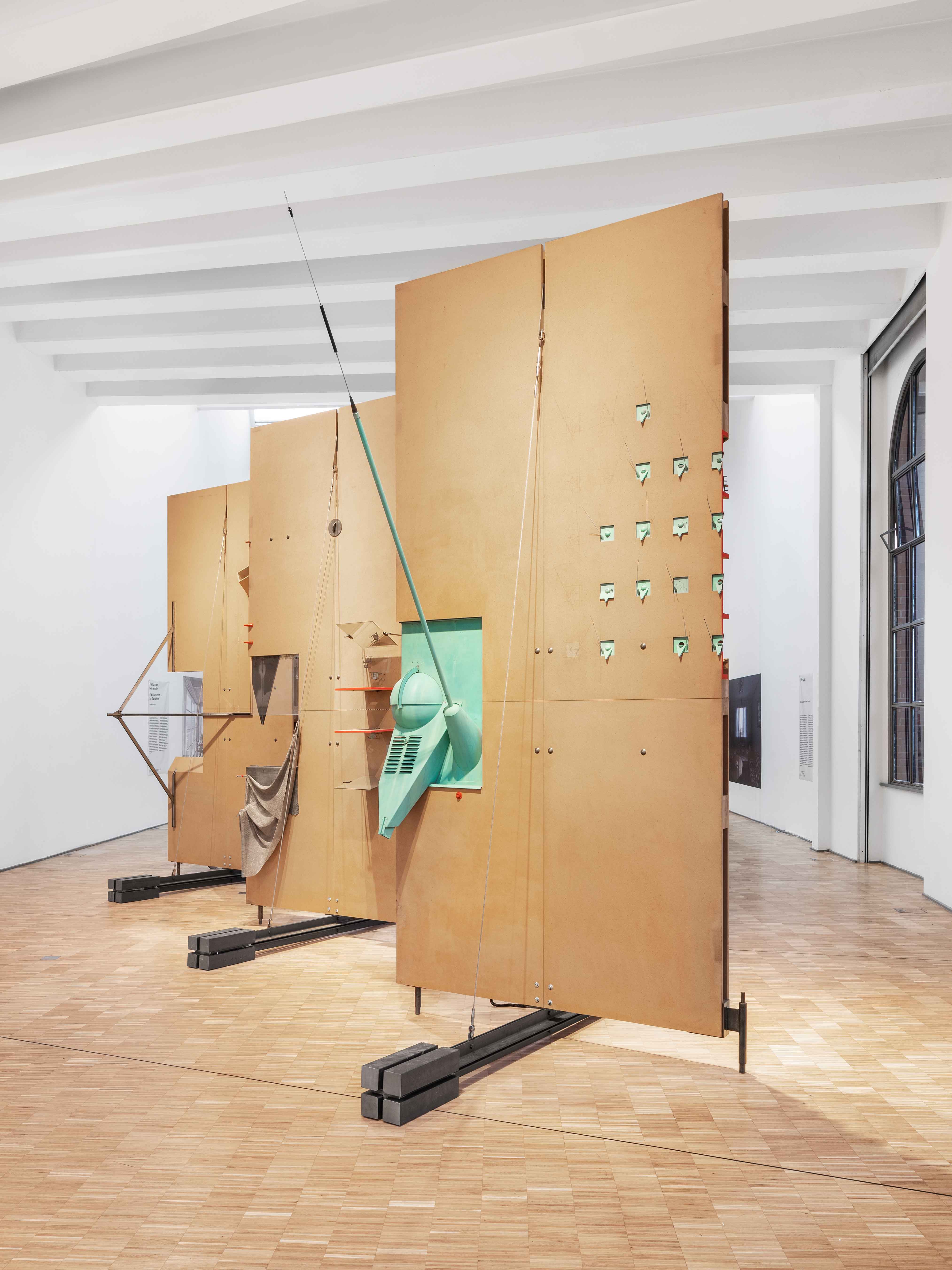
The 15-chapter exhibition is divided into five thematic historic sections bringing together artefacts and materials from the Triennale Milano archives (1923 to 2023), and ten specific environments that function as exhibitions inside exhibitions. Among them, The Sex & the City research group's L'angelo del focolare (Angel of the Hearth) explores the contrasting roles of men and women in public and domestic spaces, while Gaia Piccarolo's Casa ludens (Leisure Home) is about the history of our leisure time, from camping equipment to the first TVs.
Our relationship with nature in the domestic space is also on display, thanks to Annalisa Metta's La natura è di casa (Nature at Home), with a historic gallery that acts as a counterpoint to the Il parlamento delle piante d’appartamento (The House-Plant Parliament) by landscape architect Céline Baumann. Also, the Tre finestre (Three windows) by Elizabeth Diller and Ricardo Scofidio for ‘The domestic project’, shown at the Triennale in 1986 under the direction of Mario Bellini, has been restored and reconfigured in its magnificent original size.
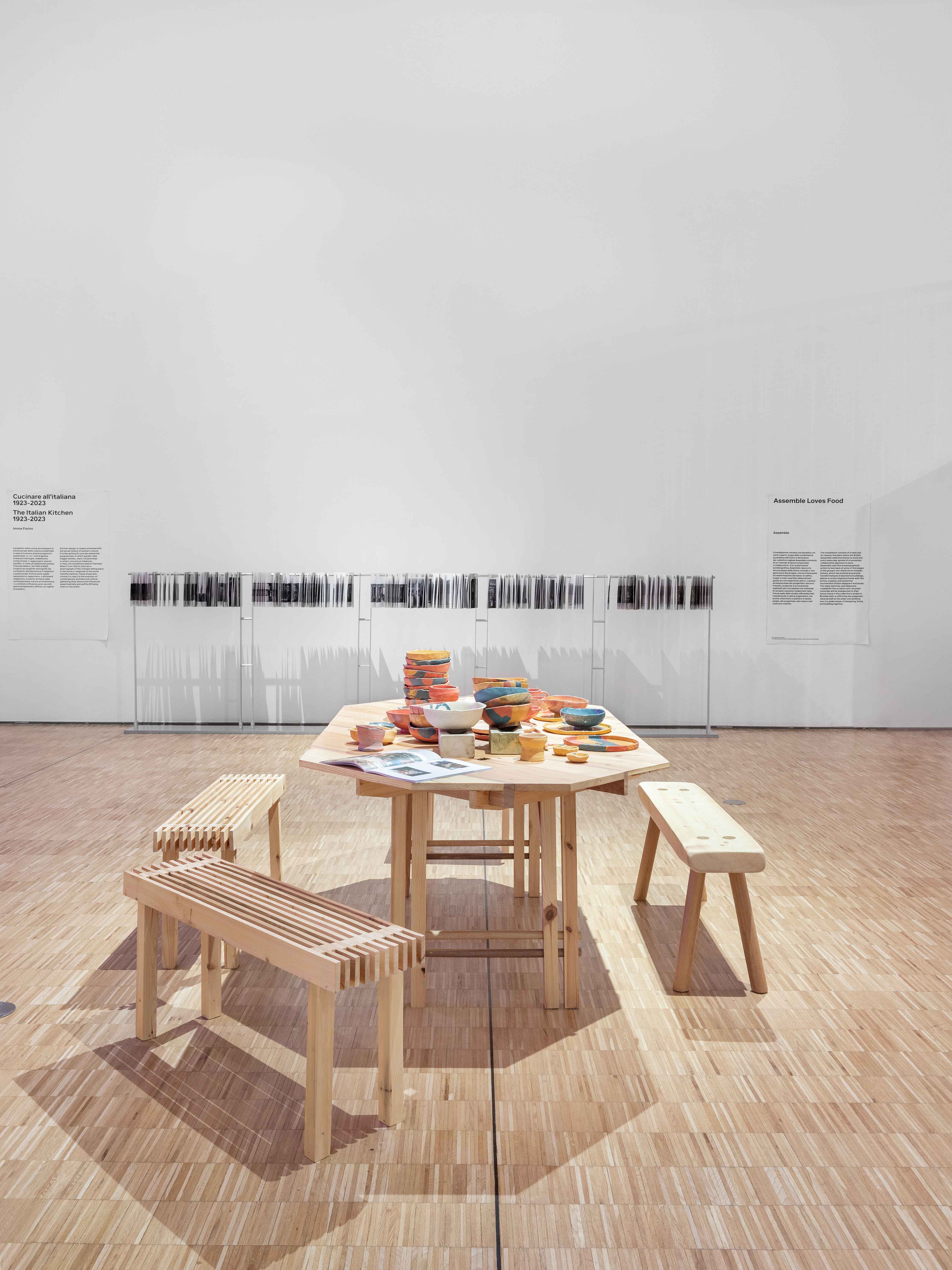
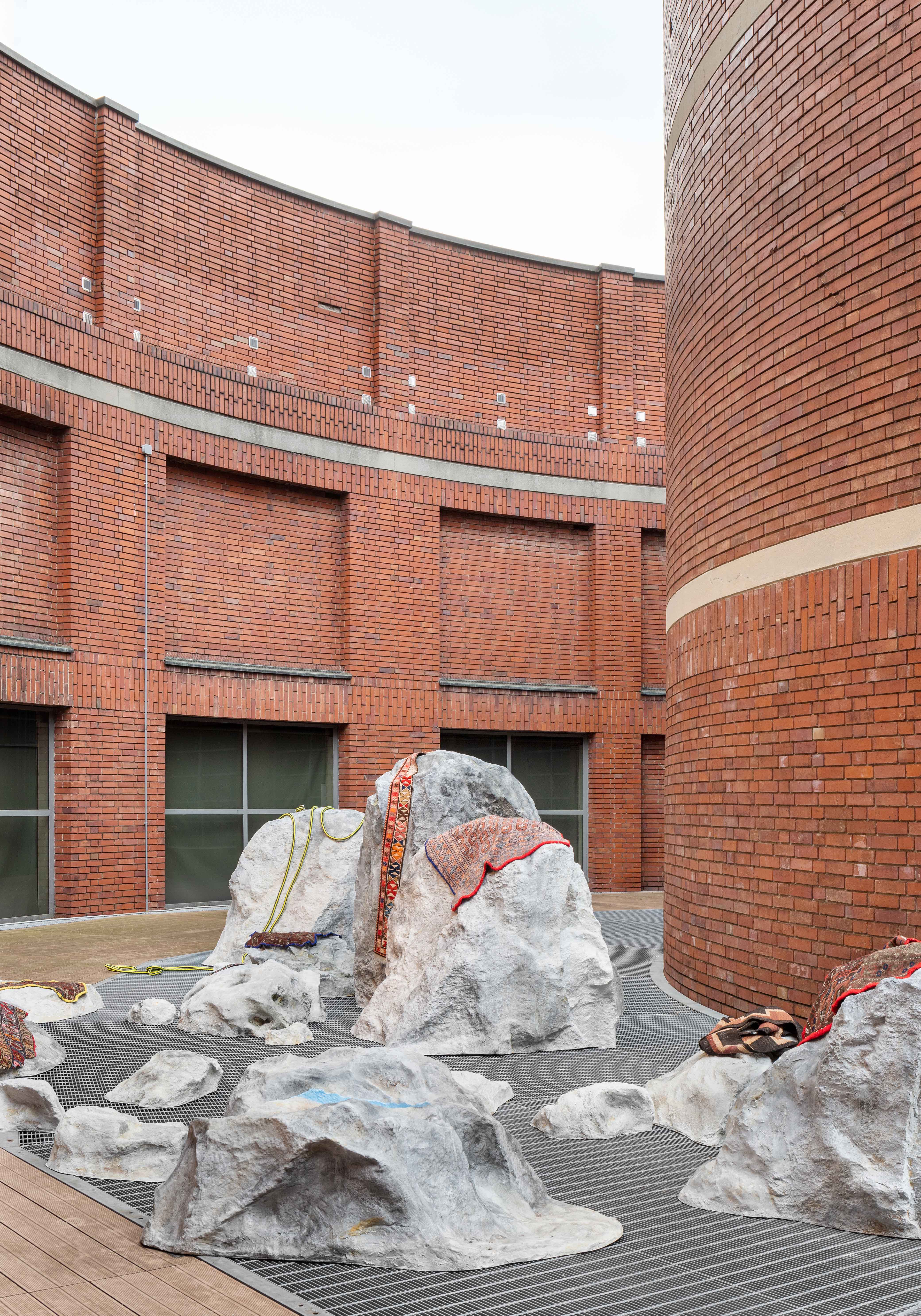
Among the site-specific environments are the MAIO collective's Urban K -Type community kitchens, which speak to us about marginalisation, involvement, and possible emancipation, while L'architettura della longhouse (The Architecture of the Longhouse), in the midst of the hallway, reveals the different types of premodern dwelling from Germany to Indonesia.
'Objects and spaces can change the social relationships among human beings,' says Bassoli. 'The plants that inhabit our homes, apparently stuck there for our private joy, can create a cognitive dissonance between their decorative appearance and a brutal colonial history, like in the House-Plant Parliament installation by Céline Baumann. The exhibition also helps us to discover that a kitchen can become a public space, where the work is shared (Urban K-Type by MAIO) or that a bed can have different shapes and sizes, considering that no family can really be put in a box with a standard shape (A Section of Now by CCA, Canadian Center for Architecture).'
Wallpaper* Newsletter
Receive our daily digest of inspiration, escapism and design stories from around the world direct to your inbox.
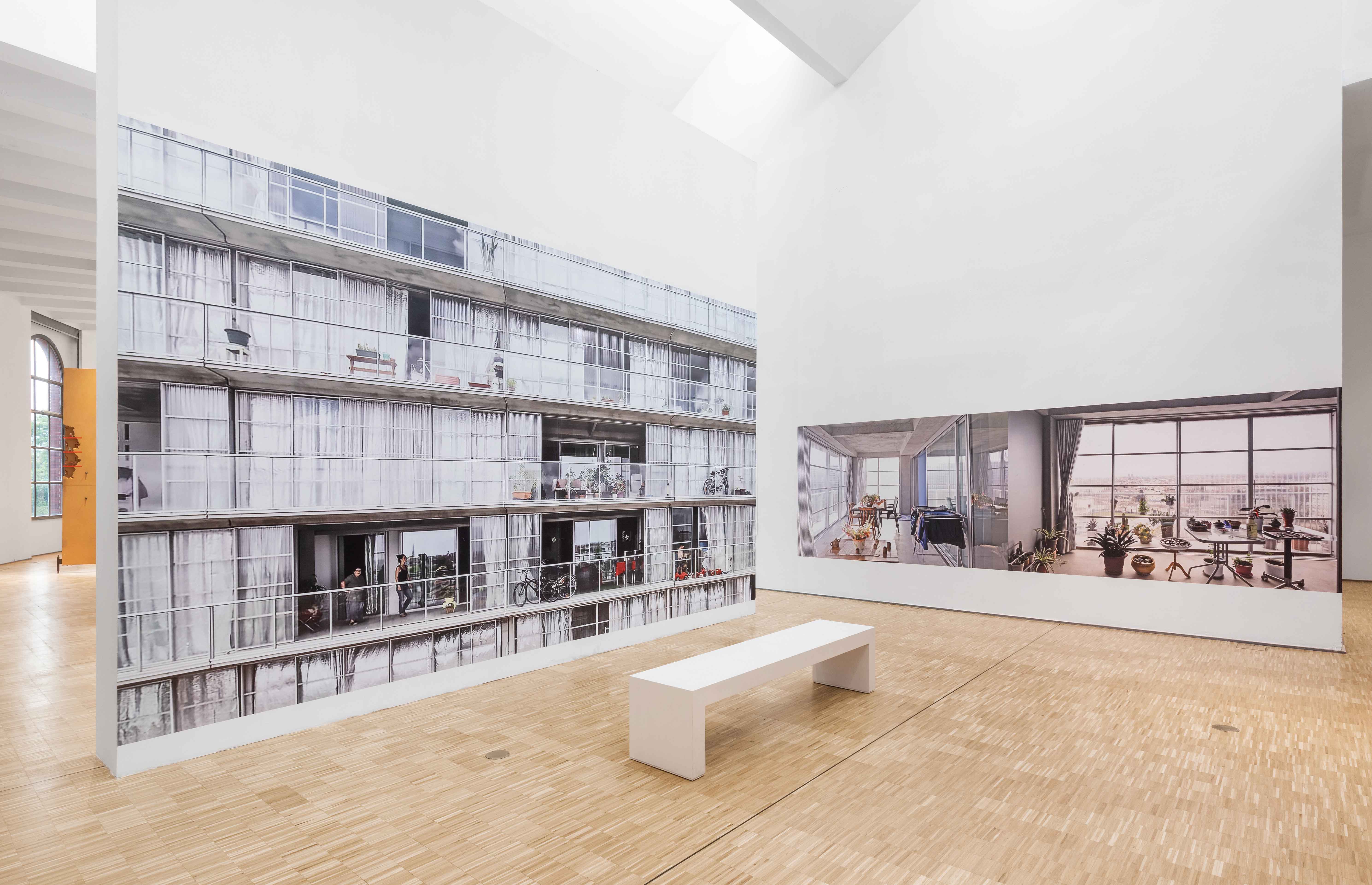
The exhibition is entered by looking in a mirror placed over a reproduction of the bathroom sink, a symbol of daily morning rituals, while the final installation, which doubles as a curtain, is an image from Trasformare, non demolire (Transformation, no Demolition), the celebrated renovation of the 530 flats in Bordeaux's Grand Parc grande ensemble by Pritzker Prize winners Lacaton & Vassal – a political and ecological project. 'Focusing on the home and on all that this wide concept refers to, the exhibition also reflects on the role that Triennale had over the years,' explains Bassoli. 'The institution has always been a place for birth of new ideas, where the concepts of “house” and “living” had a central role. There have been many experiments on reconstruction and on the modernisation of lifestyles, on housing for all, and I was interested in going back to reflect on this, on the proximity between the world of design and the life of each of us, the most intimate and everyday life, made of urgent needs and great dreams.'
‘Home Sweet Home’ is on view at Triennale Milano until 10 September 2023
Triennale
Viale Emilio Alemagna, 6
20121 Milano
Home Sweet Home: from the Triennale archives
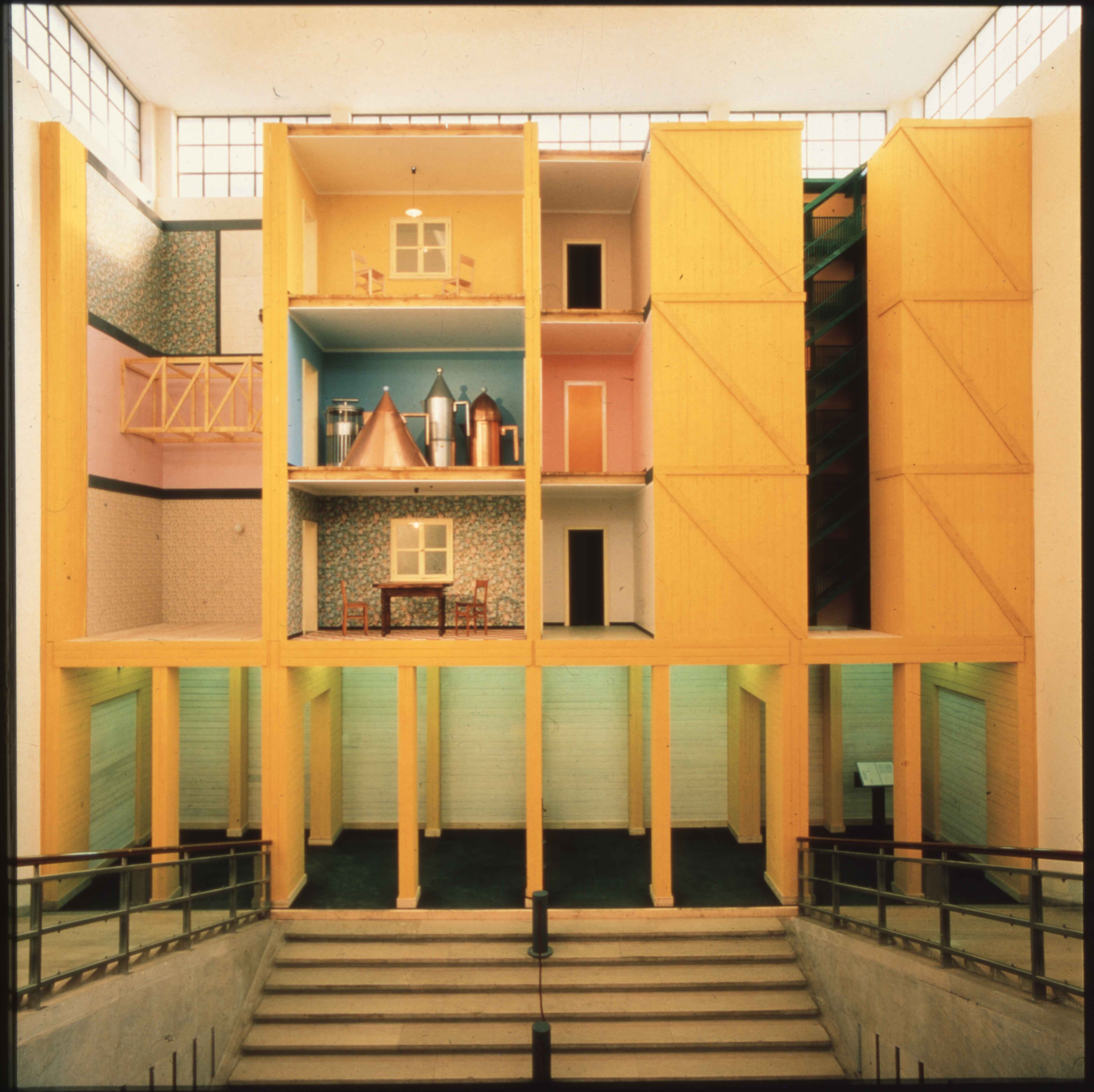
Aldo Rossi, Domestic theatre sketch, section dedicated to projects in ‘The Domestic Project’ exhibition, Triennale Milano, 1986
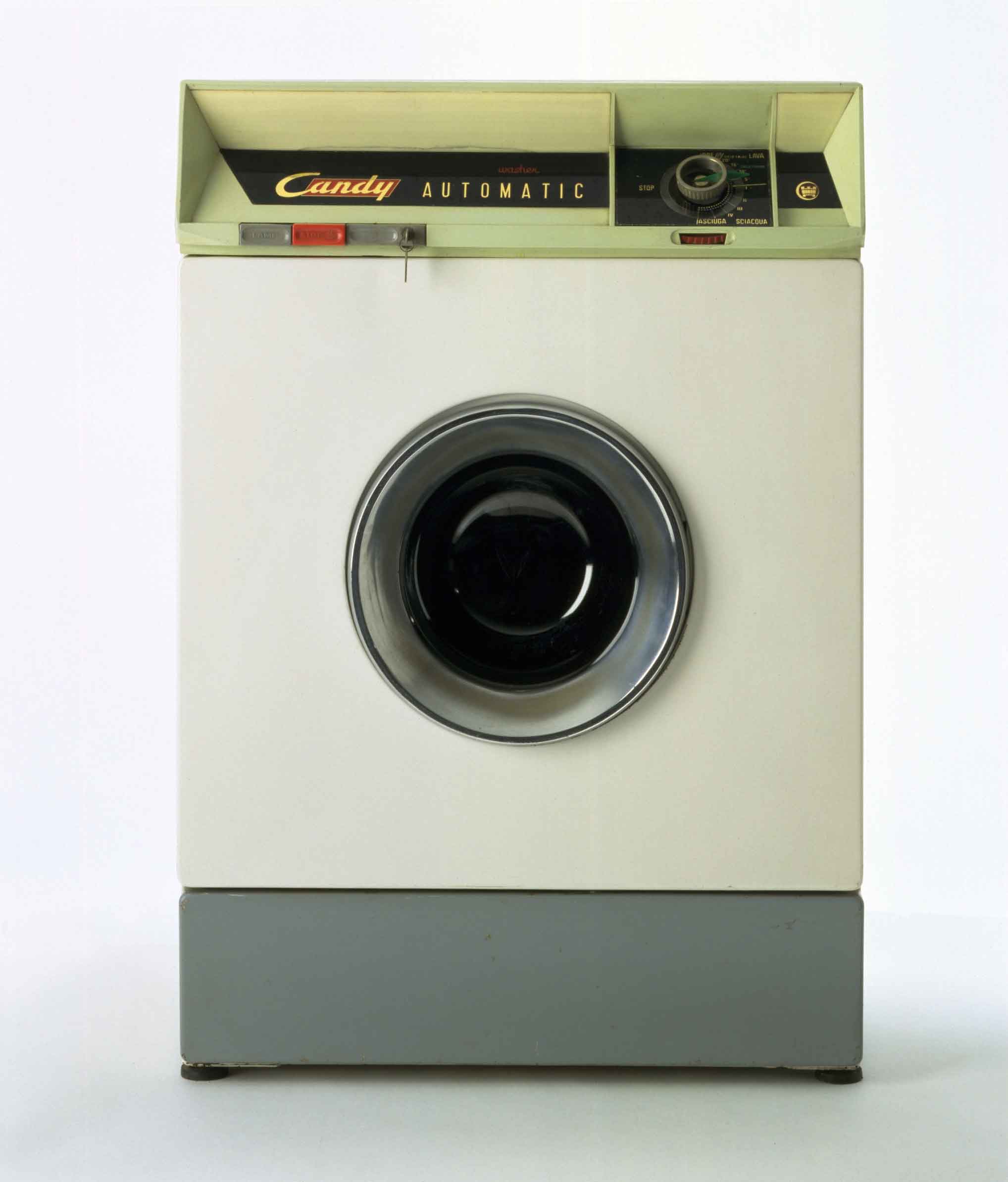
Pietro Geranzani, Automatic C5, 1959,Candy Elettrodomestici
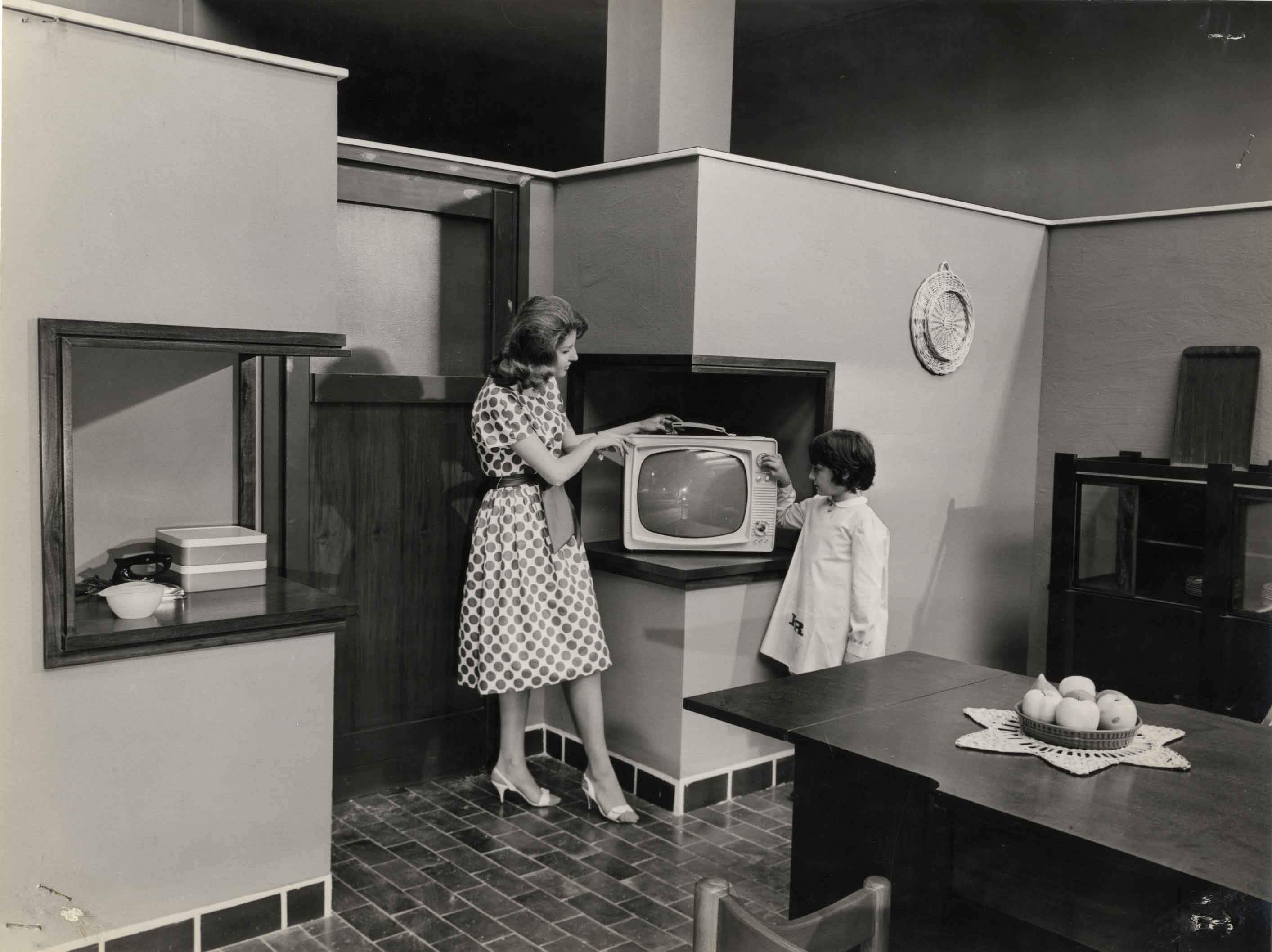
Vittorio Gregotti, Lodovico Meneghetti, Giotto Stoppino, Example of living room in rural housing, ‘Home and School section, Rural sector’, 12th Triennale, 1960
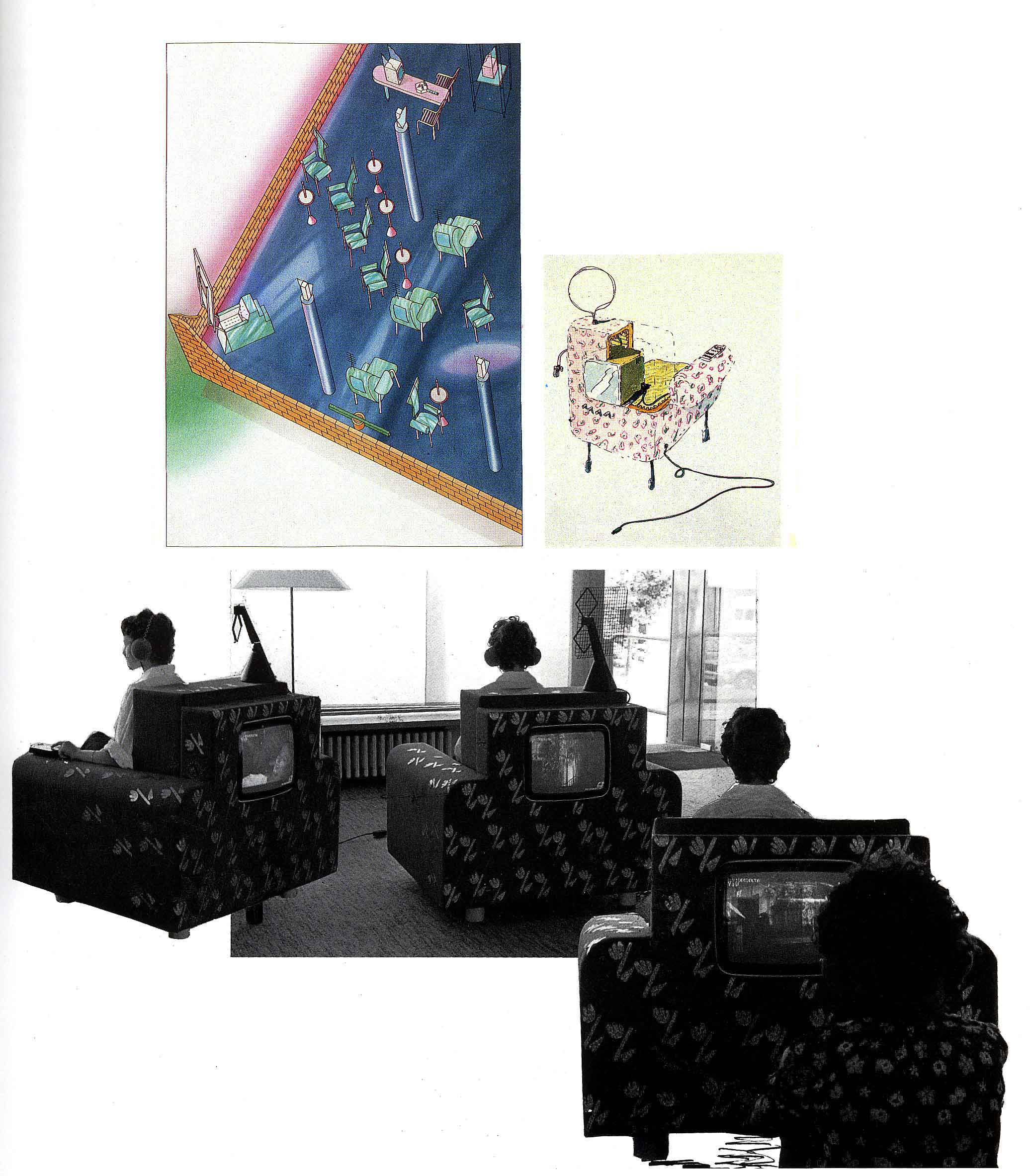
Ugo La Pietra, Armchair with terminal, ‘From the spoon to the city’ exhibition, 1983
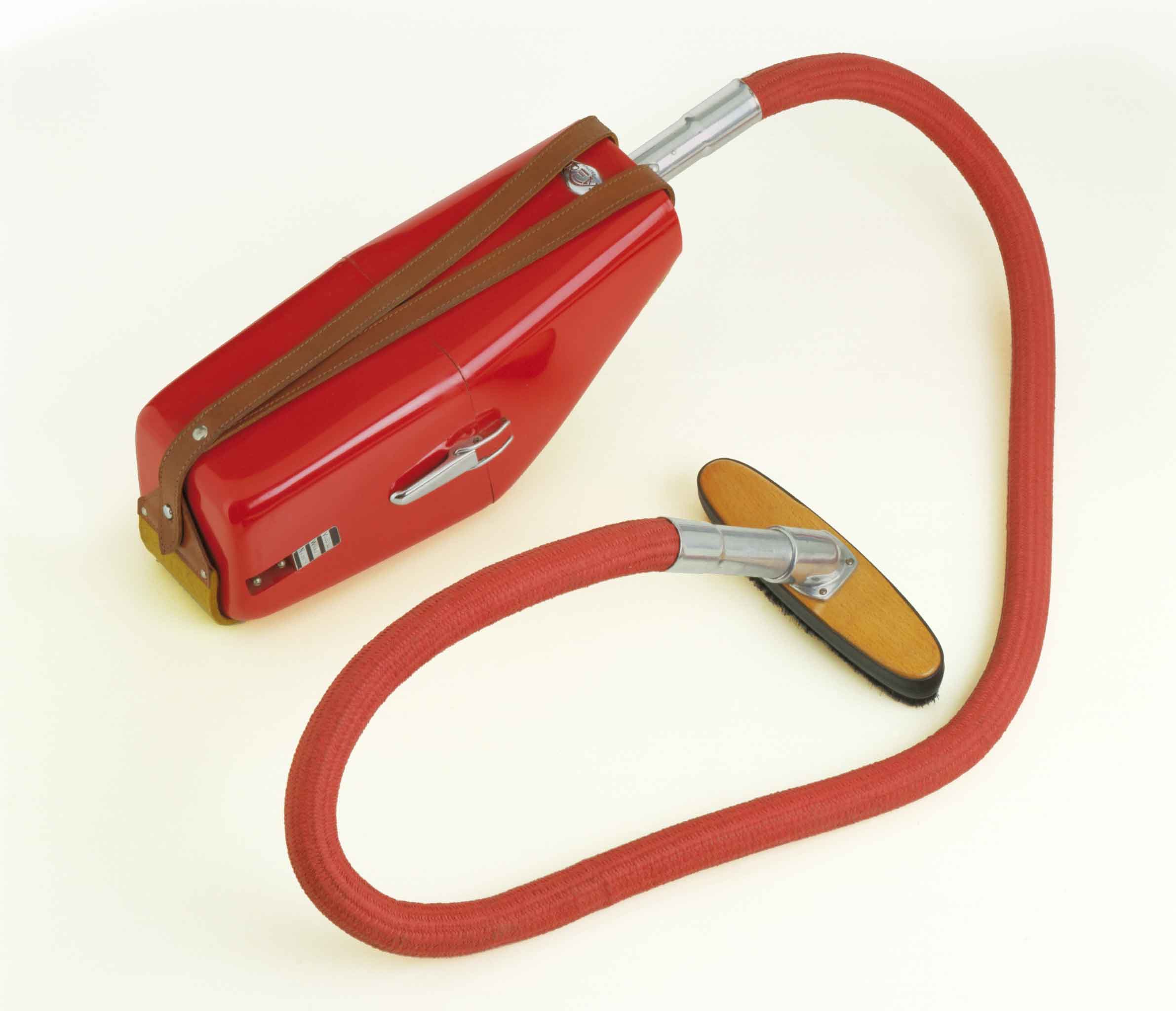
Achille Castiglioni, Pier Giacomo Castiglioni, Spalter, 1956, for Rem di Enrico Rossetti
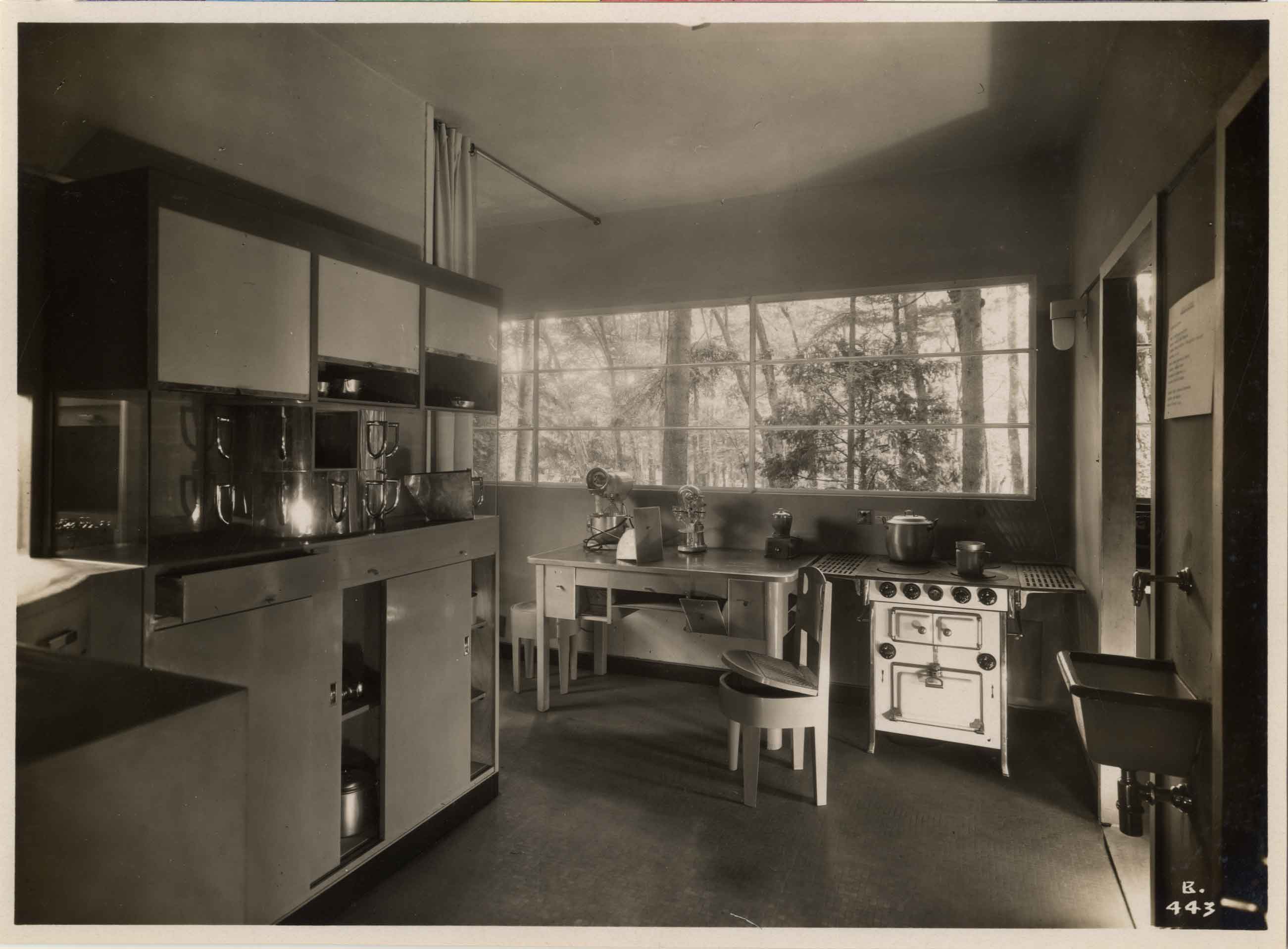
Piero Bottoni, Kitchen in The electric house by Luigi Figini and Gino Pollini, 4th Triennale Monza, 1930
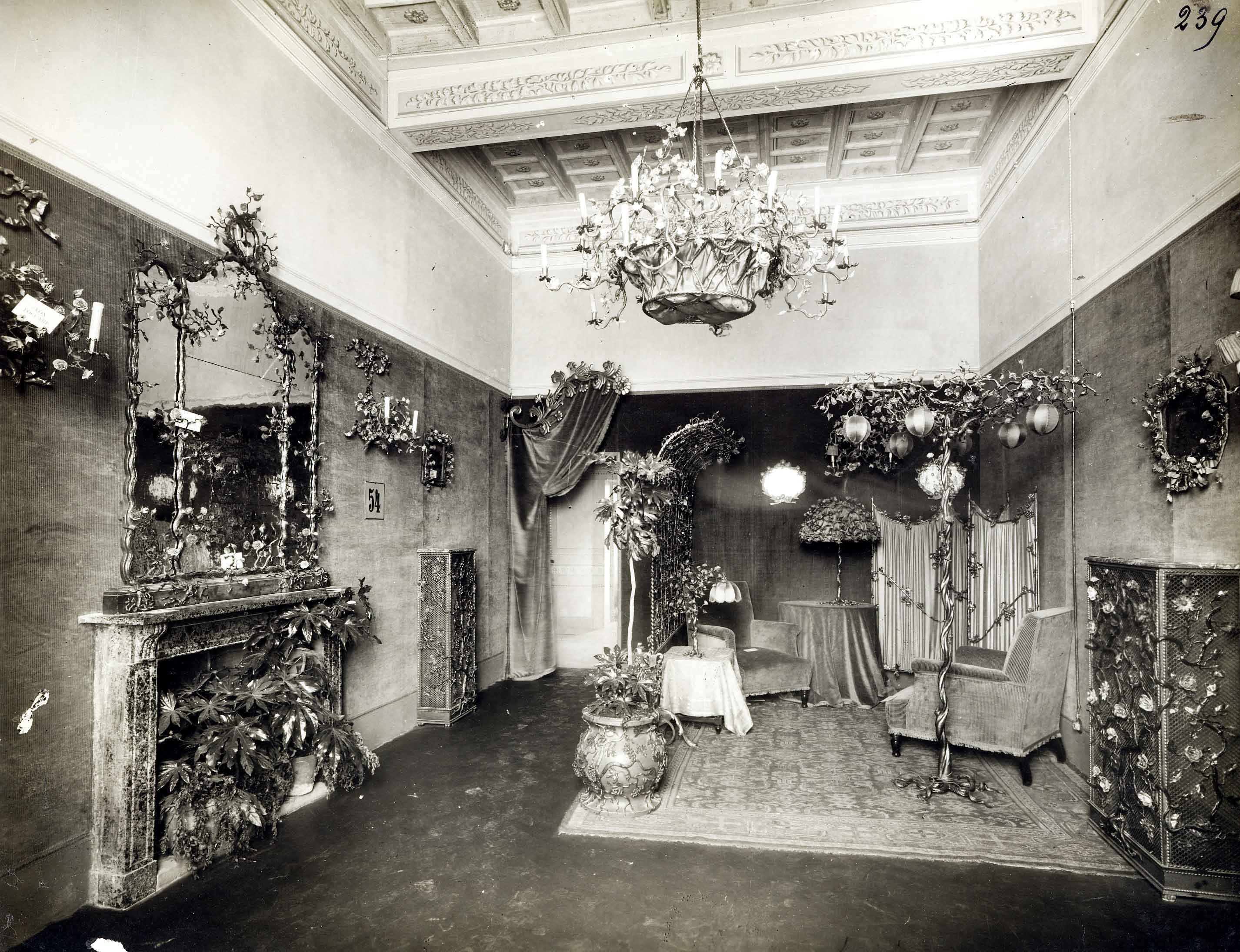
Vittorio Gnecchi's room, with gilded and colored wrought iron, 1st Monza Biennale, 1923
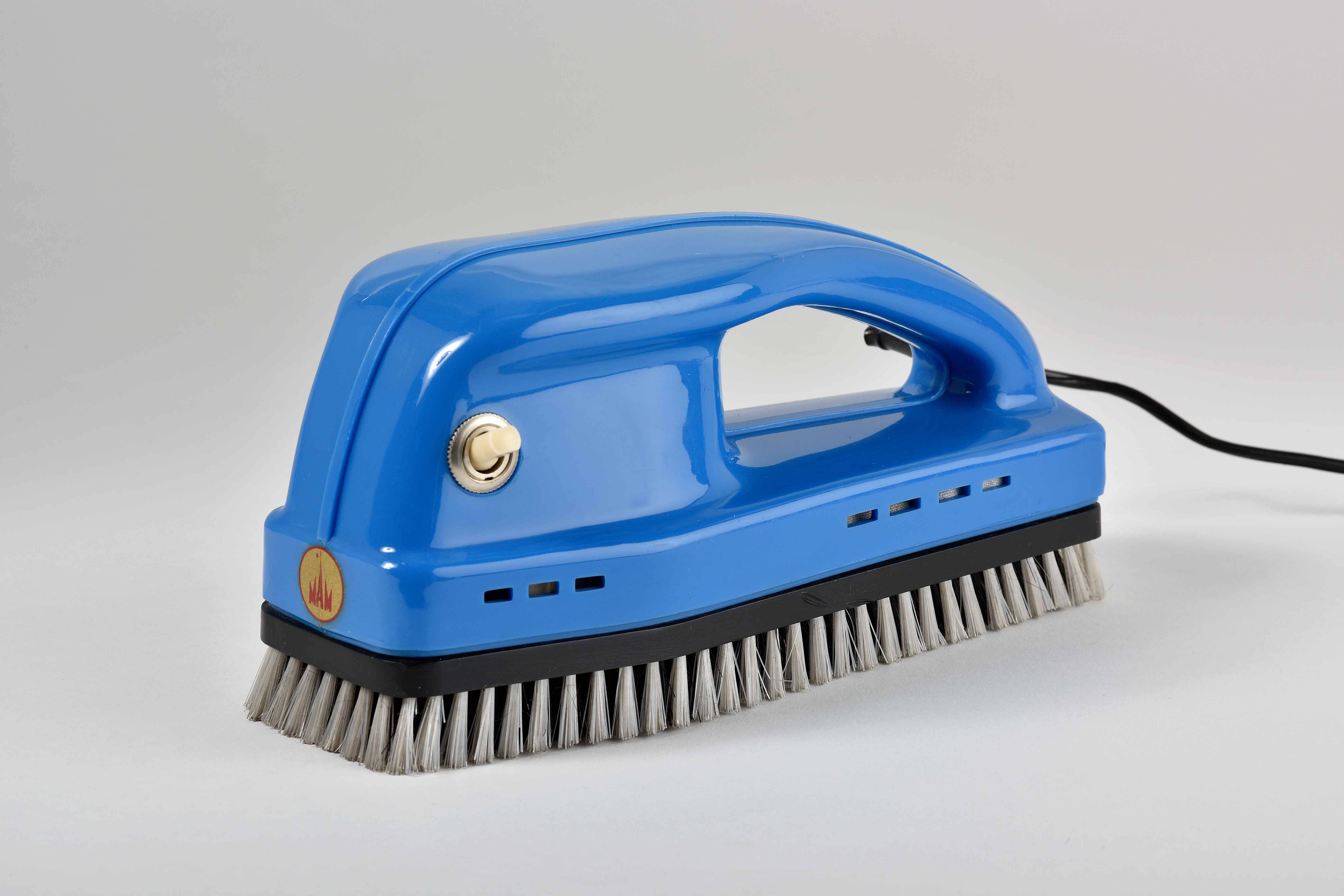
Ufficio Tecnico MAM, Elettrospazzola aspiratore mod. 302, 1965, MAM (1967)
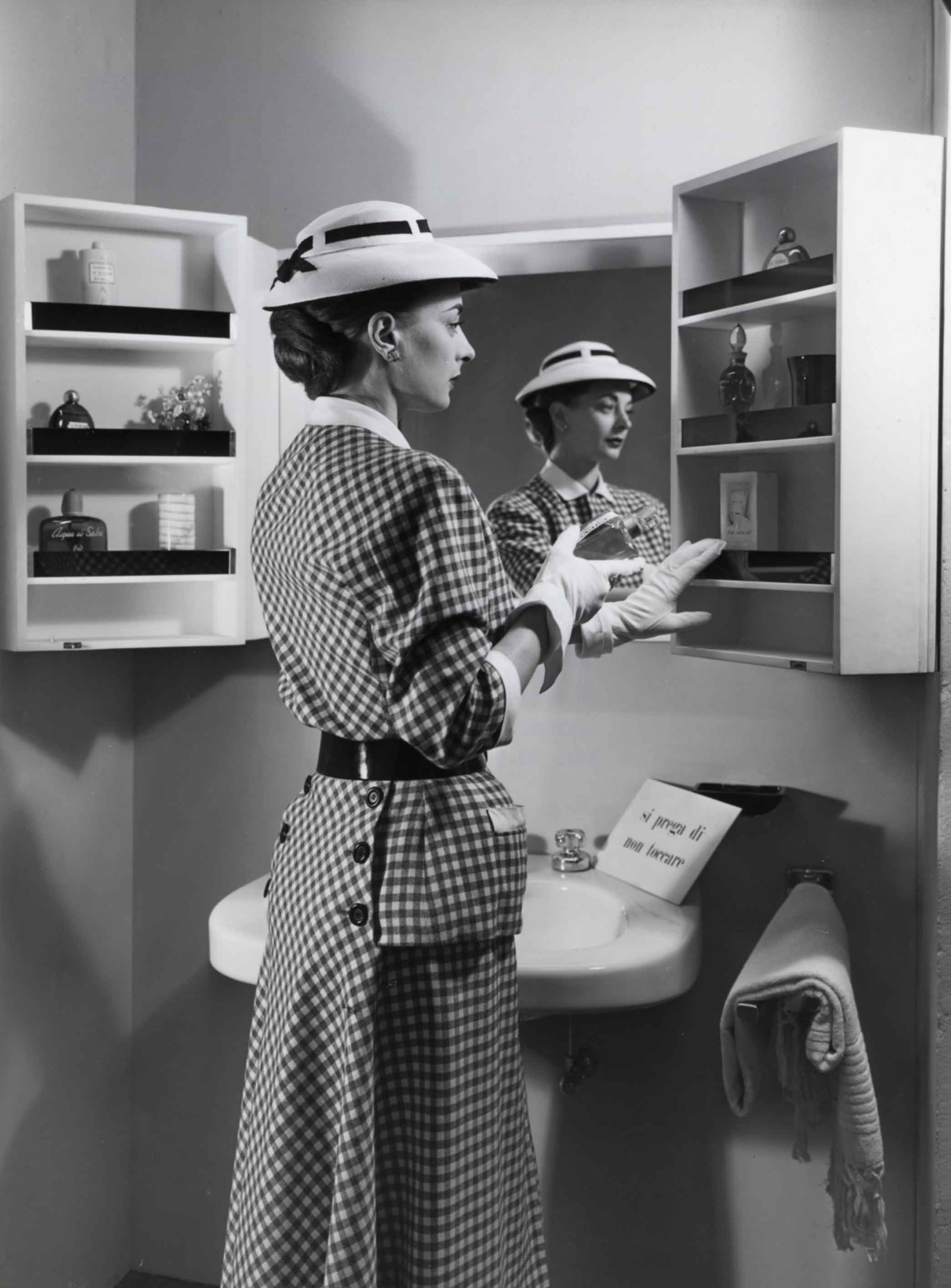
Renato G. Angeli, Ico Parisi and Gianni Saibene, Apartment 8: interior of holiday home, bathroom, ‘Home exhibition’, 9th Triennale, 1951
Cristina Kiran Piotti is an Italian-Indian freelance journalist. After completing her studies in journalism in Milan, she pursued a master's degree in the economic relations between Italy and India at the Ca' Foscari Challenge School in Venice. She splits her time between Milan and Mumbai and, since 2008, she has concentrated her work mostly on design, current affairs, and culture stories, often drawing on her enduring passion for geopolitics. She writes for several publications in both English and Italian, and she is a consultant for communication firms and publishing houses.
-
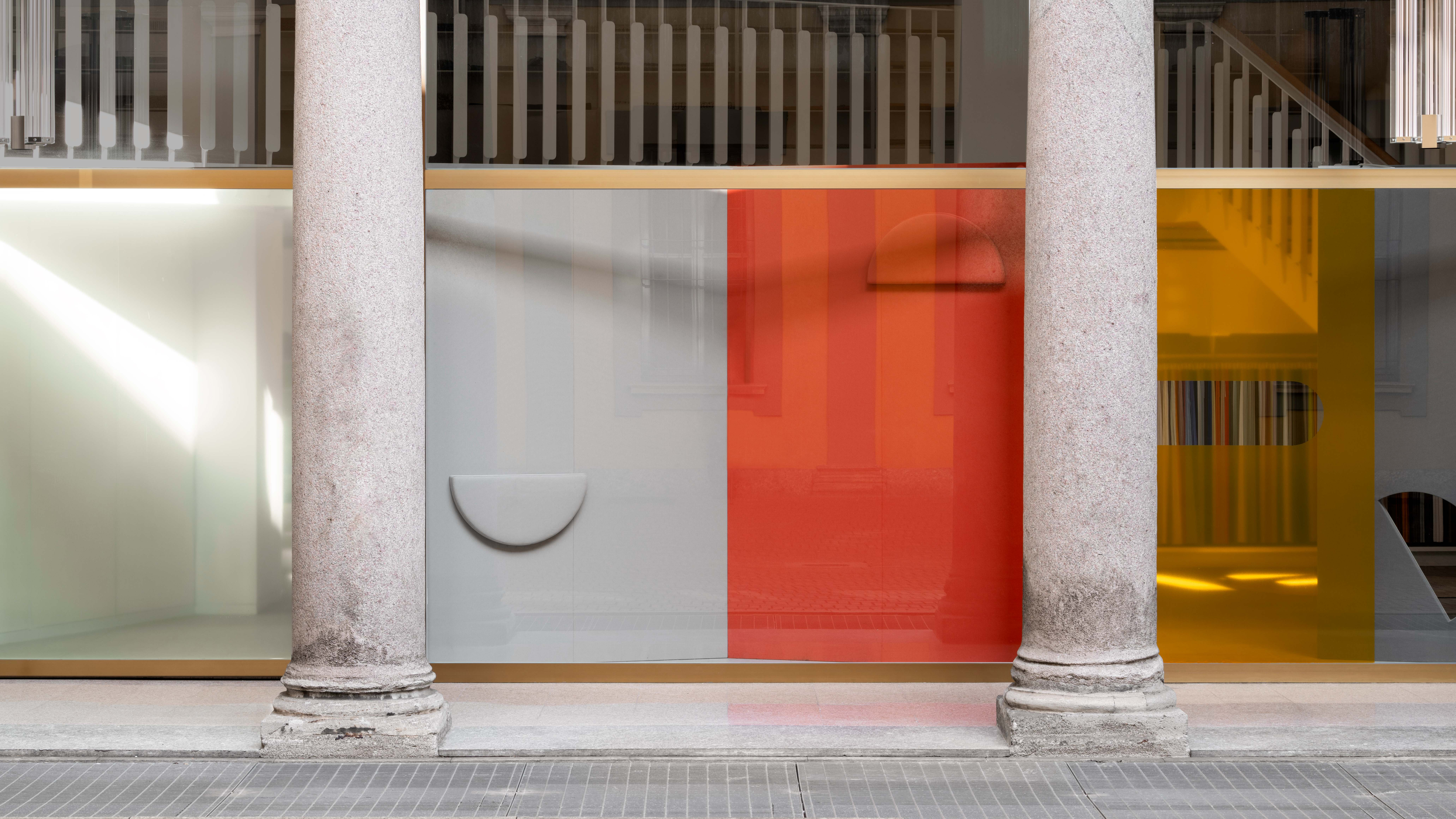 Kapwani Kiwanga transforms Kvadrat’s Milan showroom with a prismatic textile made from ocean waste
Kapwani Kiwanga transforms Kvadrat’s Milan showroom with a prismatic textile made from ocean wasteThe Canada-born artist draws on iridescence in nature to create a dual-toned textile made from ocean-bound plastic
By Ali Morris
-
 This new Vondom outdoor furniture is a breath of fresh air
This new Vondom outdoor furniture is a breath of fresh airDesigned by architect Jean-Marie Massaud, the ‘Pasadena’ collection takes elegance and comfort outdoors
By Simon Mills
-
 Eight designers to know from Rossana Orlandi Gallery’s Milan Design Week 2025 exhibition
Eight designers to know from Rossana Orlandi Gallery’s Milan Design Week 2025 exhibitionWallpaper’s highlights from the mega-exhibition at Rossana Orlandi Gallery include some of the most compelling names in design today
By Anna Solomon
-
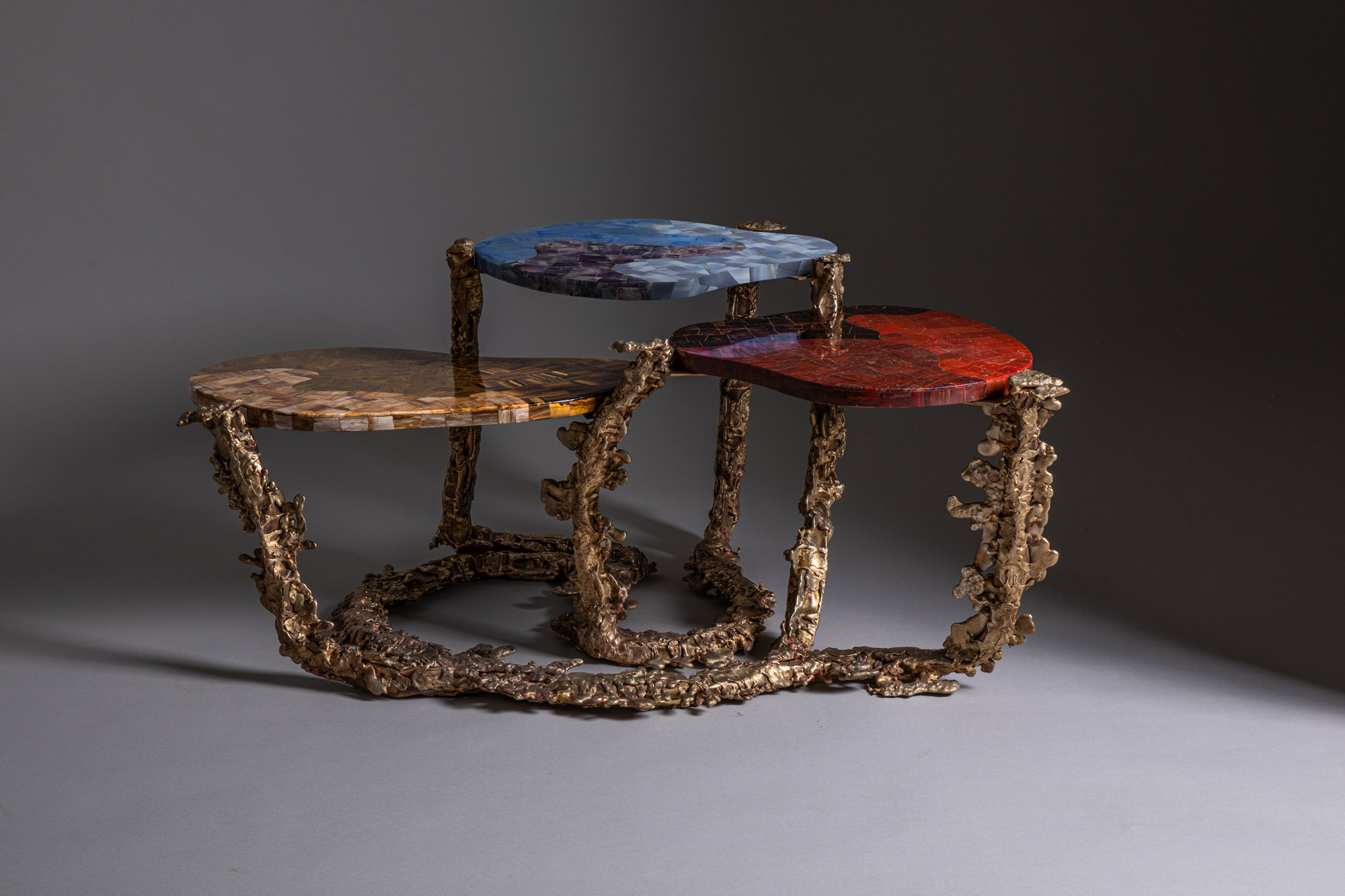 Inside the Shakti Design Residency, taking Indian craftsmanship to Alcova 2025
Inside the Shakti Design Residency, taking Indian craftsmanship to Alcova 2025The new initiative pairs emerging talents with some of India’s most prestigious ateliers, resulting in intricately crafted designs, as seen at Alcova 2025 in Milan
By Henrietta Thompson
-
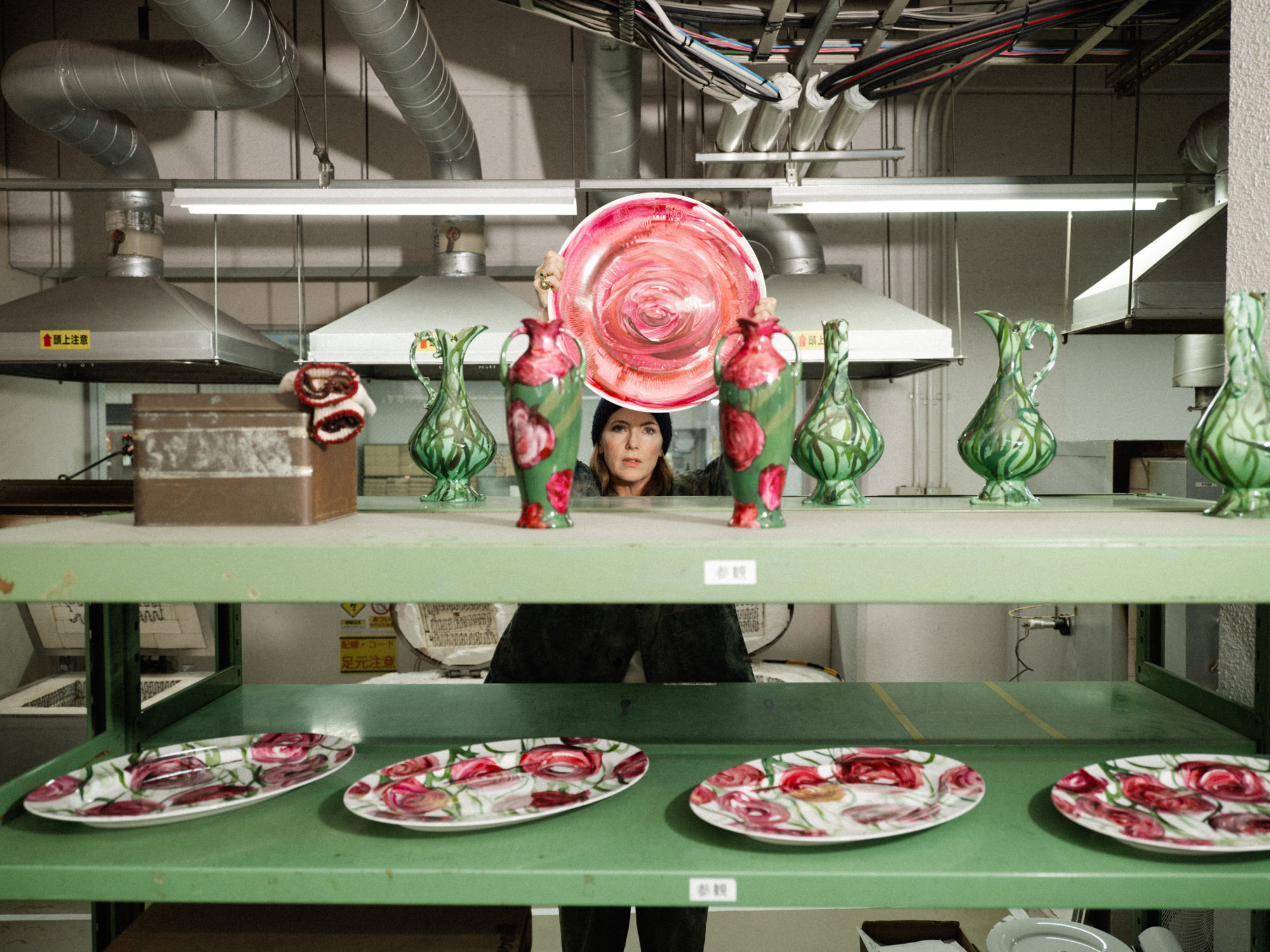 Faye Toogood comes up roses at Milan Design Week 2025
Faye Toogood comes up roses at Milan Design Week 2025Japanese ceramics specialist Noritake’s design collection blossoms with a bold floral series by Faye Toogood
By Danielle Demetriou
-
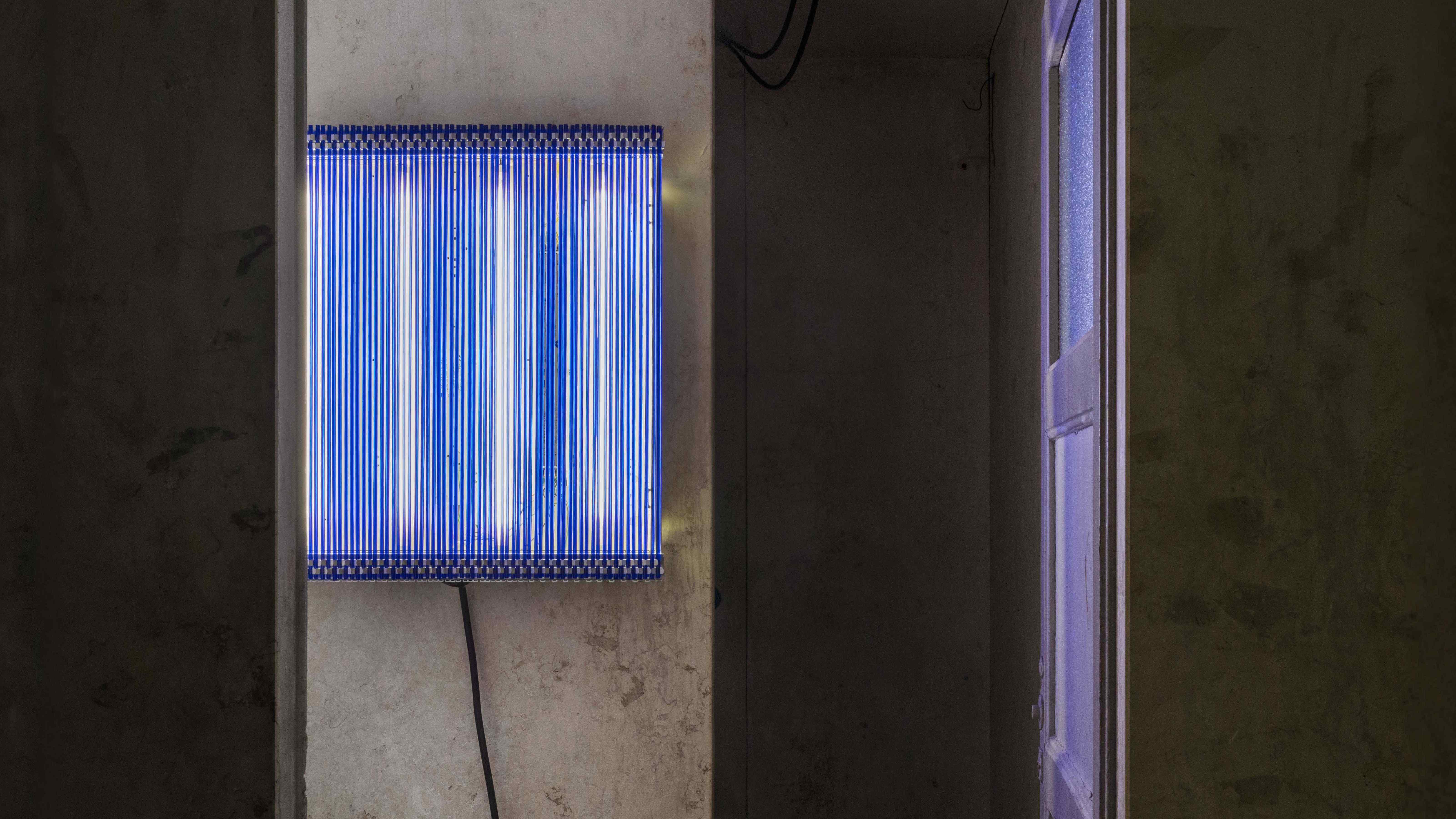 6:AM create a spellbinding Murano glass showcase in Milan’s abandoned public shower stalls
6:AM create a spellbinding Murano glass showcase in Milan’s abandoned public shower stallsWith its first solo exhibition, ‘Two-Fold Silence’, 6:AM unveils an enchanting Murano glass installation beneath Piscina Cozzi
By Ali Morris
-
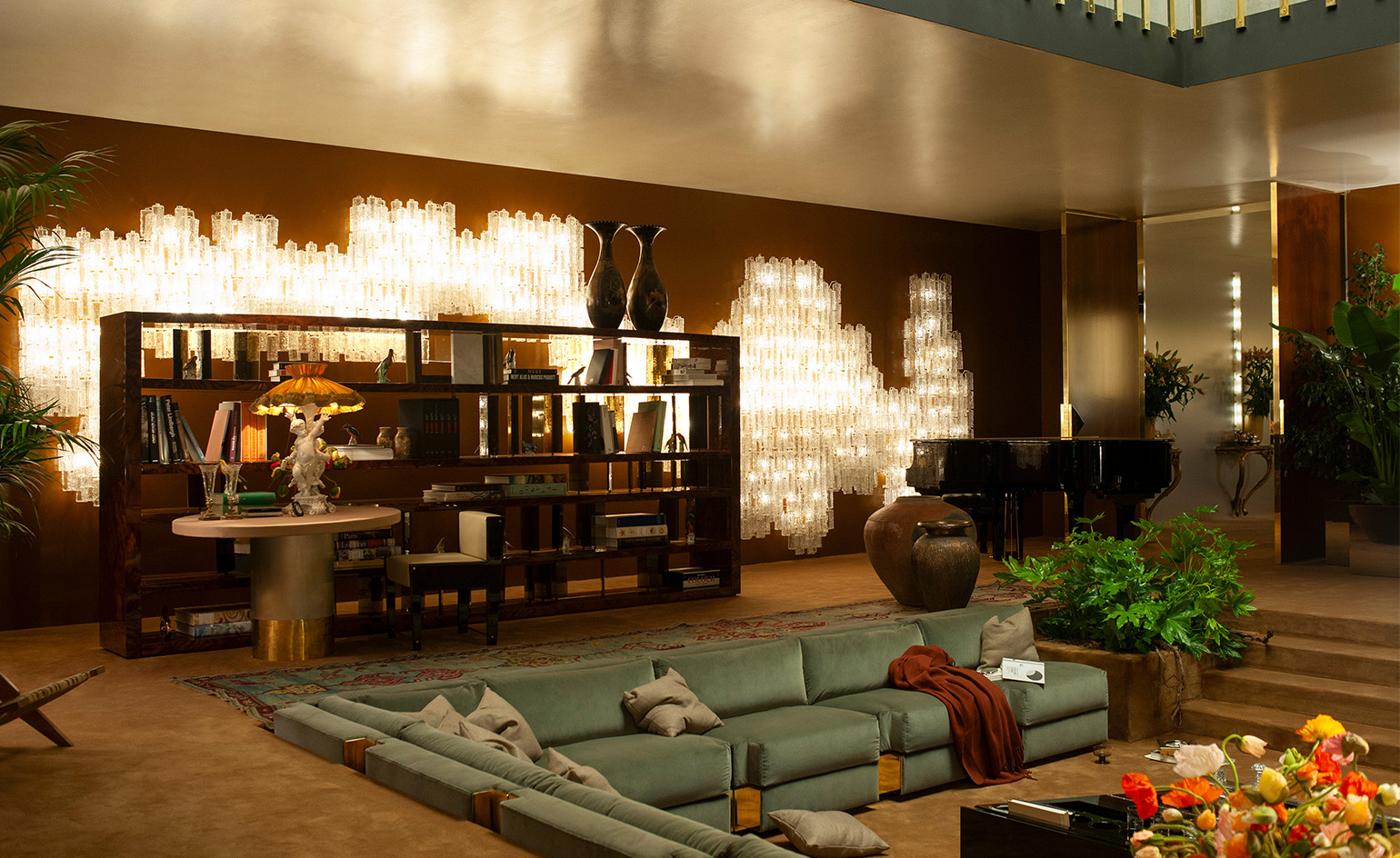 Dimoremilano and Loro Piana channel 1970s cinema in decadent Milan display
Dimoremilano and Loro Piana channel 1970s cinema in decadent Milan displayAt Milan Design Week 2025, Dimorestudio has directed and staged an immersive, film-inspired installation to present new furniture and decor for Loro Piana
By Dan Howarth
-
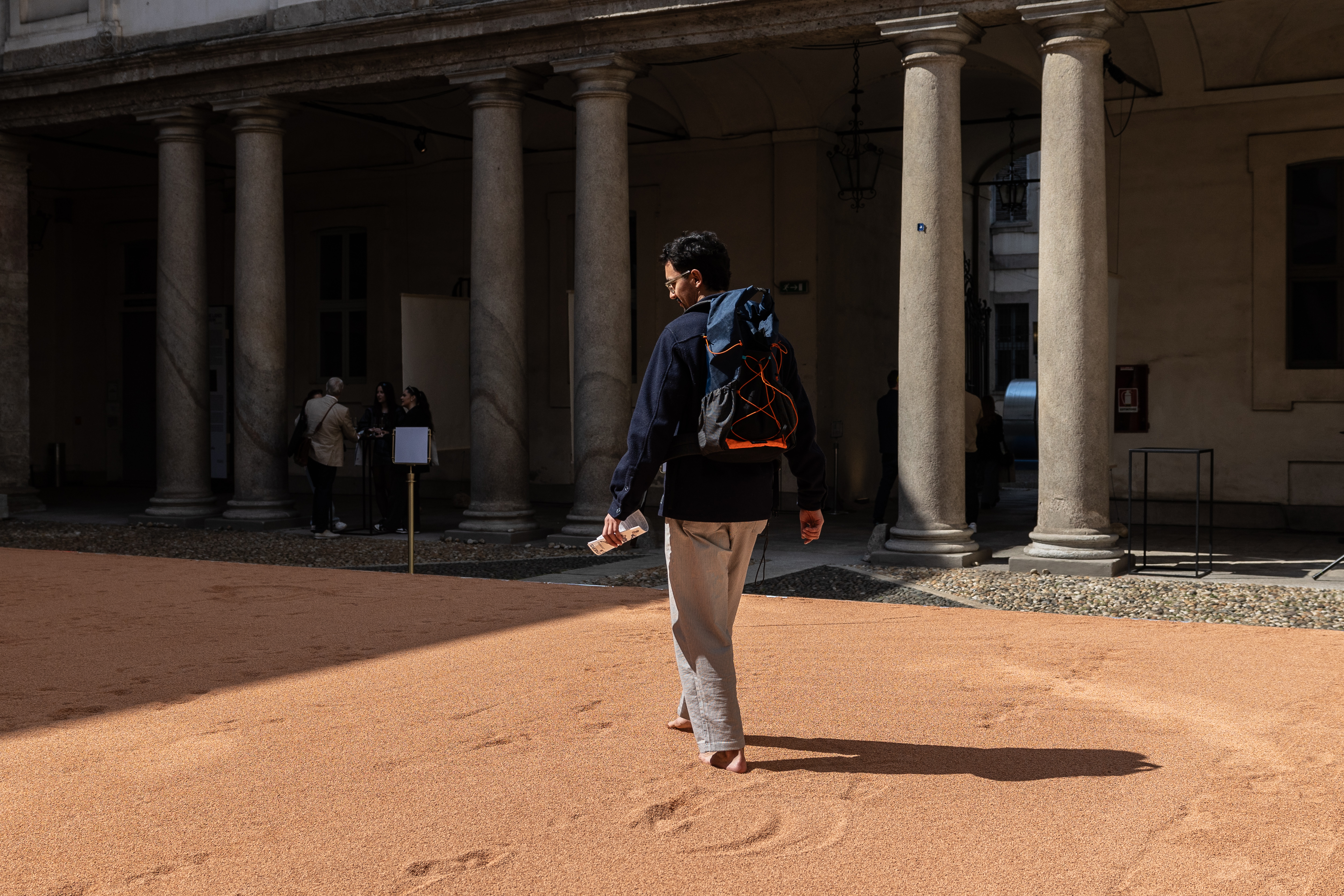 In Milan, MoscaPartners presents a poetic exploration of ‘migration’
In Milan, MoscaPartners presents a poetic exploration of ‘migration’Alongside immersive work by Byoung Cho, MoscaPartners’ Milan Design Week 2025 display features an accessible exhibition path designed for visually impaired visitors
By Cristina Kiran Piotti
-
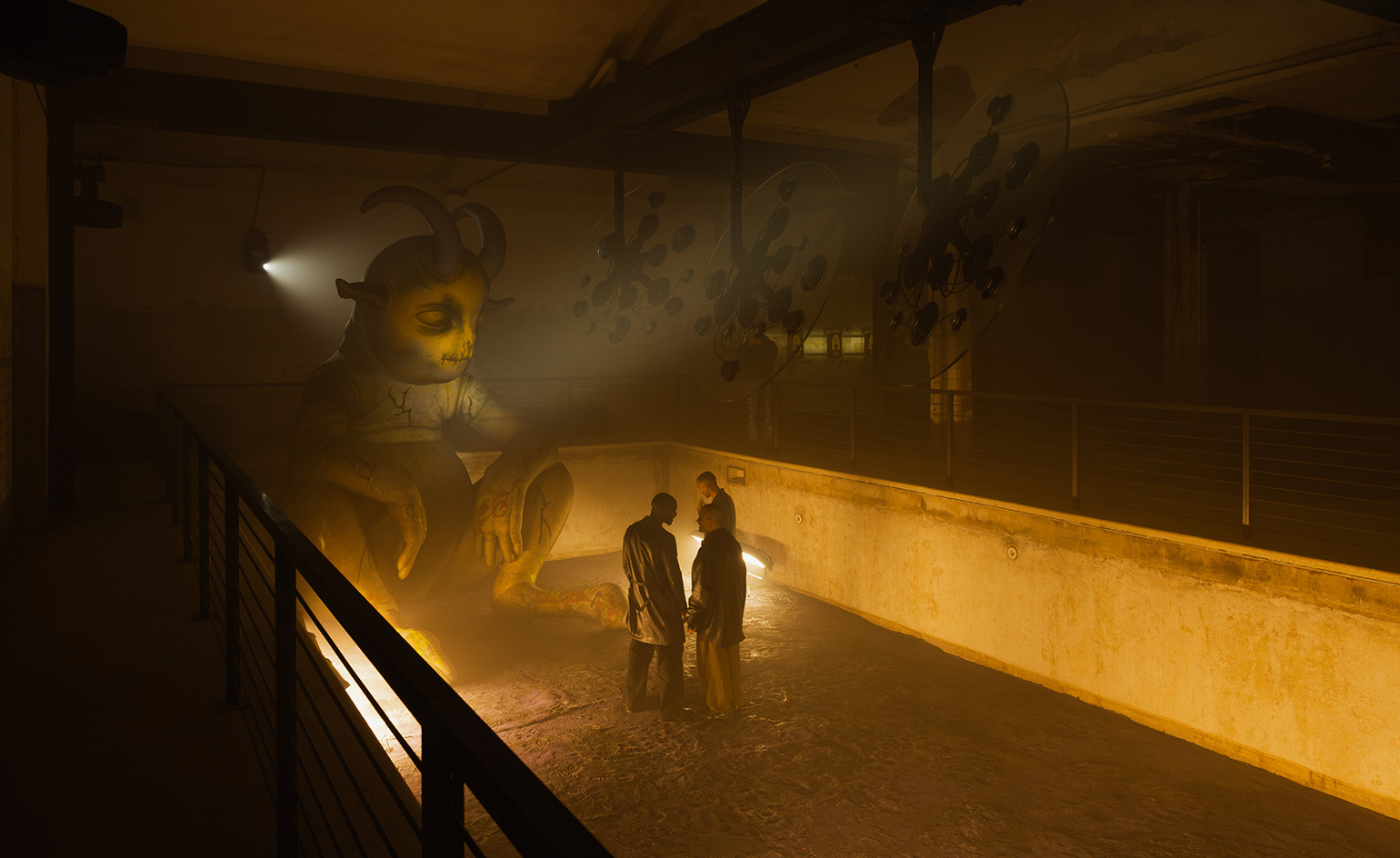 The making of PAN and Nike’s euphoric, club-inspired collaboration at Milan Design Week
The making of PAN and Nike’s euphoric, club-inspired collaboration at Milan Design WeekAlongside a new Air Max 180 release, ‘The Suspended Hour’ display sees Berlin record label PAN imagine the unfolding of a club night, from dusk until dawn
By Craig McLean
-
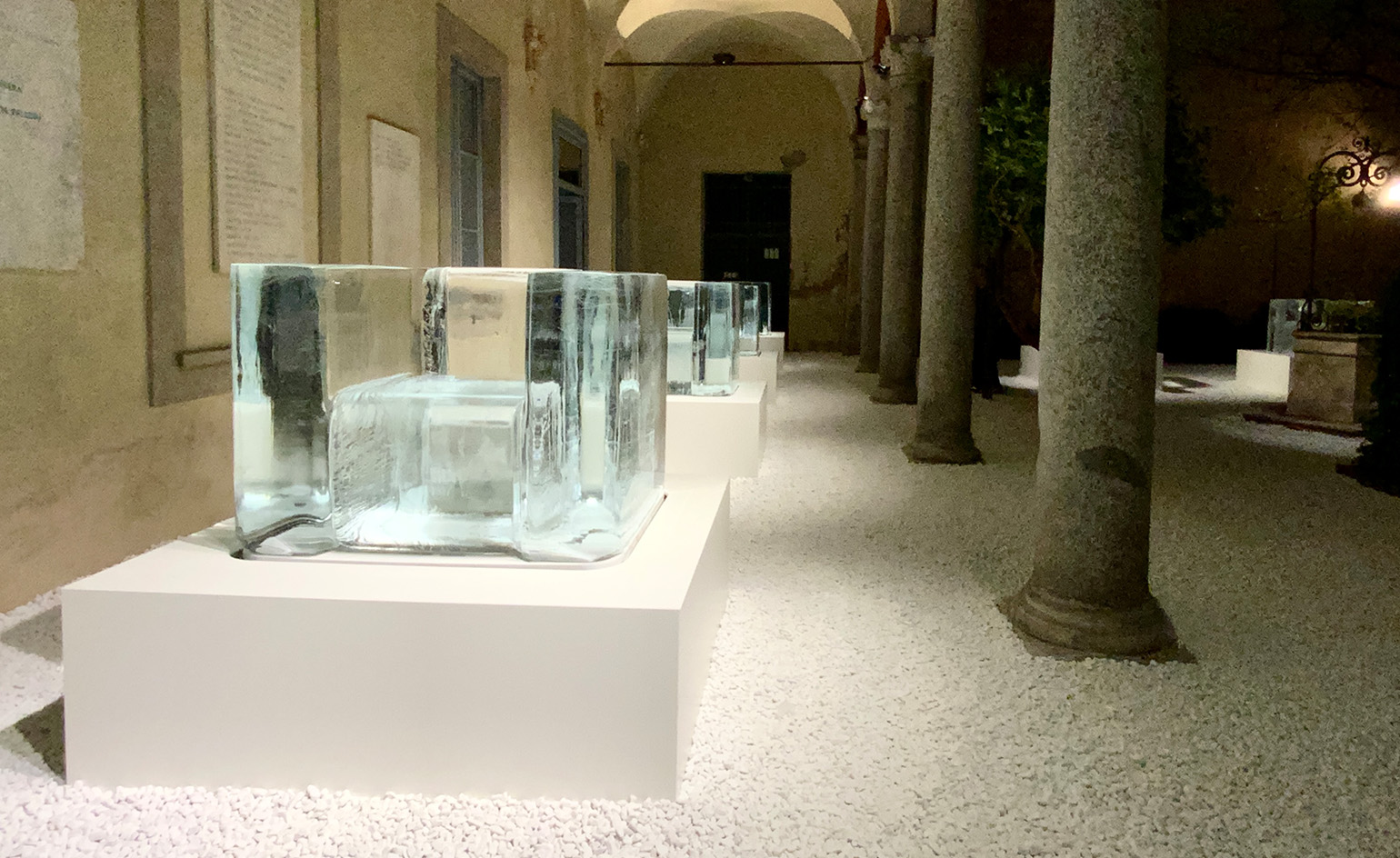 Tokujin Yoshioka’s ephemeral ice furniture is made to melt in Milan
Tokujin Yoshioka’s ephemeral ice furniture is made to melt in MilanTransparent chairs of frozen water slowly disappear during Milan Design Week 2025, in an expression of light by Japanese artist Tokujin Yoshioka
By Danielle Demetriou
-
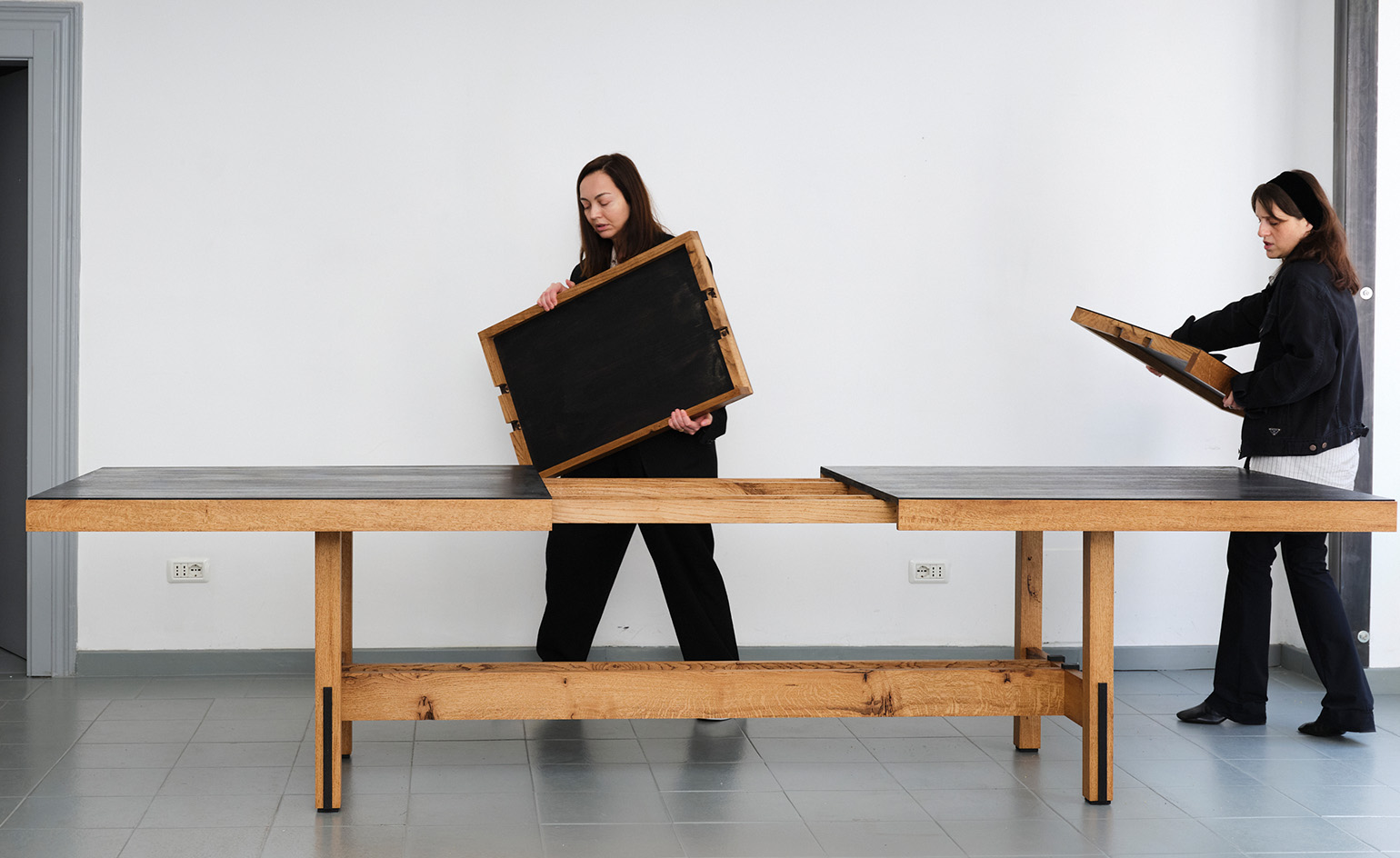 In Milan, Rooms Studio examines Georgia’s shifting social landscape
In Milan, Rooms Studio examines Georgia’s shifting social landscapeExpandable tables that reference recent government protests and lamps held together with ‘chewing gum’ feature in the Tbilisi-based studio’s Milan Design Week 2025 installation
By Dan Howarth